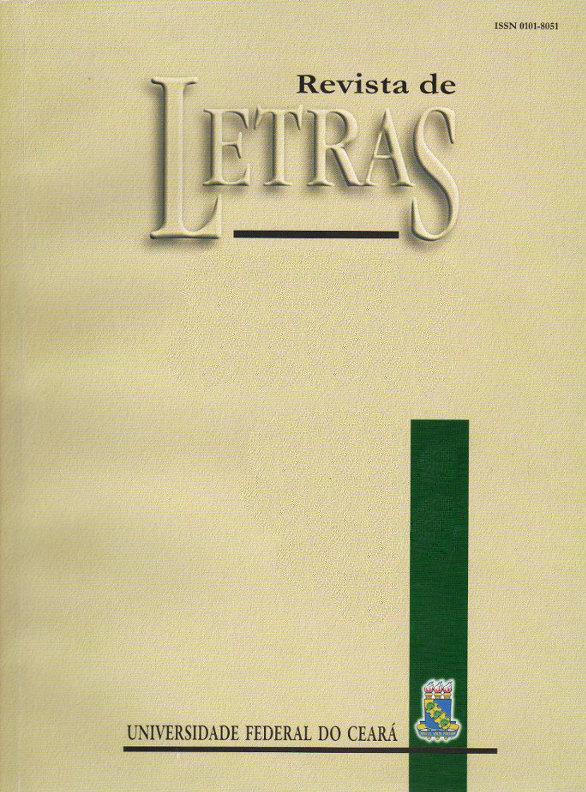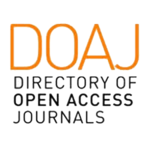SOBRE A IRRUPÇÃO DO ACONTECIMENTO DISCURSIVO: O CASO DO DISCURSO DE RECUSA RADICAL AO COMPLEXO HIDRELÉTRICO DE BELO MONTE
Abstract
This article examines the socio-historical context that led to the emergence of a new discourse in the order of discourses on the management of natural resources in the Brazilian Amazon: the discourse of radical refusal to the Belo Monte Hydroelectric Complex (CHBM). The discursive event that allowed the emergence and circulation of this discourse was the founding gesture of the Tuíra indigenous woman, who touched the face of the former president of Eletronorte José Antônio Muniz Lopes with her machete during the First Meeting of the Indigenous Peoples of the Xingu in Altamira-Pará, in 1989.The Tuíra discourse was inscribed in a context of conflict between distinct social formations: the Kayapó indigenous social formation, which has a conservative relationship with natural resources, and the capitalist social formation, which has a predatory relationship with natural resources. Tuíra's gesture was a way of expressing the indigenous people's refusal of the environmental destruction caused by the Belo Monte project.
Downloads
Downloads
Published
Versions
- 2024-08-21 (2)
- 2024-08-09 (1)
How to Cite
Issue
Section
License
Copyright (c) 2024 Alessandro Galvão

This work is licensed under a Creative Commons Attribution 4.0 International License.
Autores que publicam nesta revista concordam com os seguintes termos:- Autores mantêm os direitos autorais e concedem à revista o direito de primeira publicação, com o trabalho simultaneamente licenciado sob a Licença Creative Commons Attribution que permite o compartilhamento do trabalho com reconhecimento da autoria e publicação inicial nesta revista.
- Autores têm autorização para assumir contratos adicionais separadamente, para distribuição não-exclusiva da versão do trabalho publicada nesta revista (ex.: publicar em repositório institucional ou como capítulo de livro), com reconhecimento de autoria e publicação inicial nesta revista.
- Autores têm permissão e são estimulados a publicar e distribuir seu trabalho online (ex.: em repositórios institucionais ou na sua página pessoal) a qualquer ponto antes ou durante o processo editorial, já que isso pode gerar alterações produtivas, bem como aumentar o impacto e a citação do trabalho publicado (Veja O Efeito do Acesso Livre).

.png)






.png)
